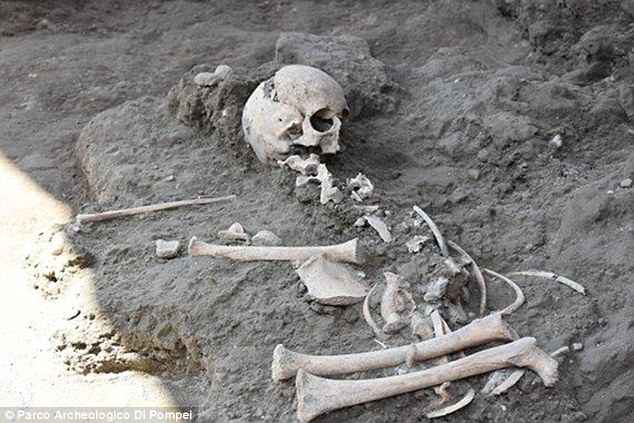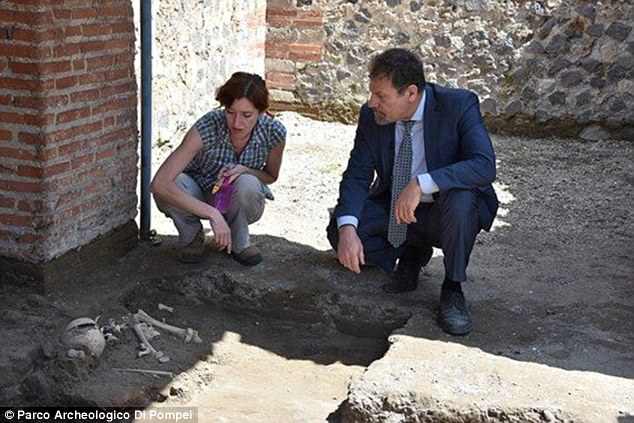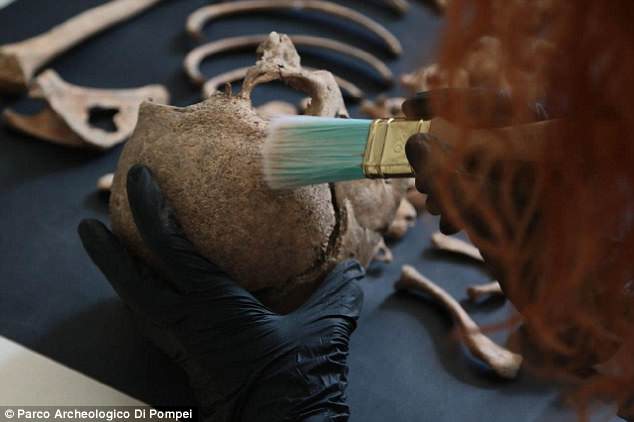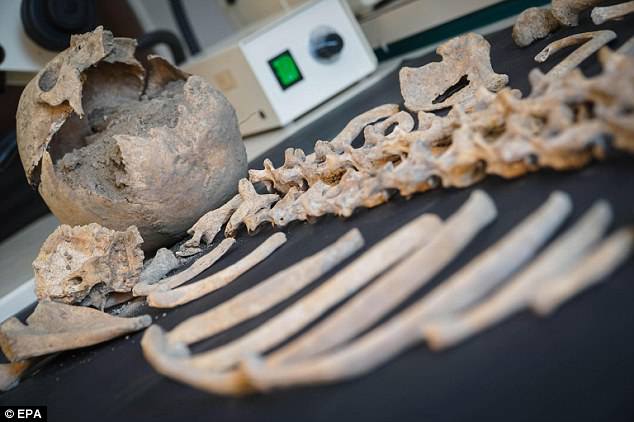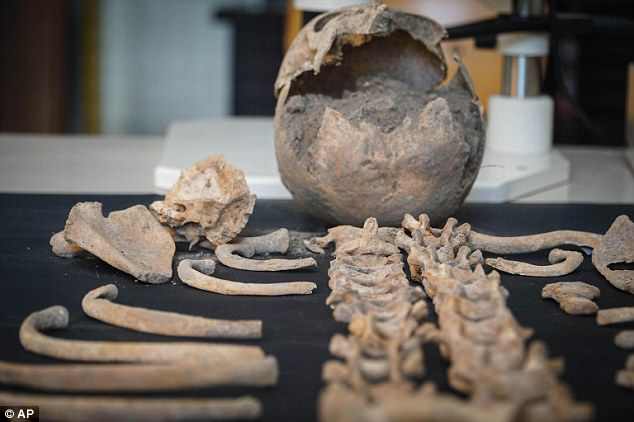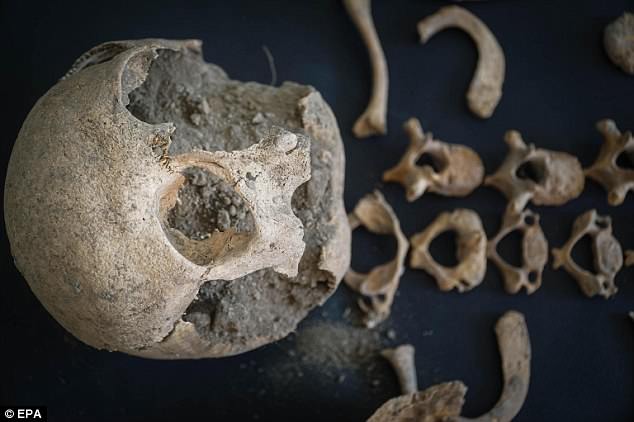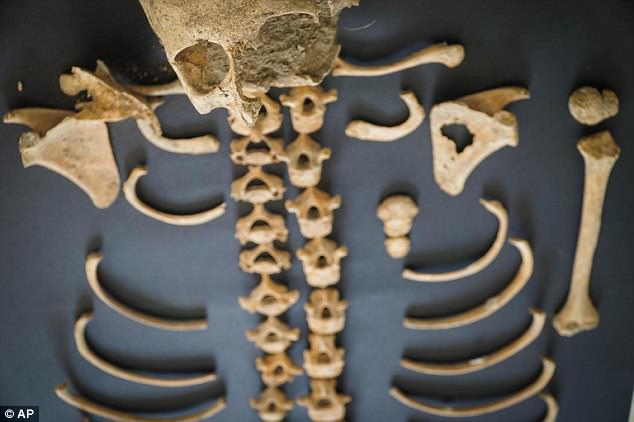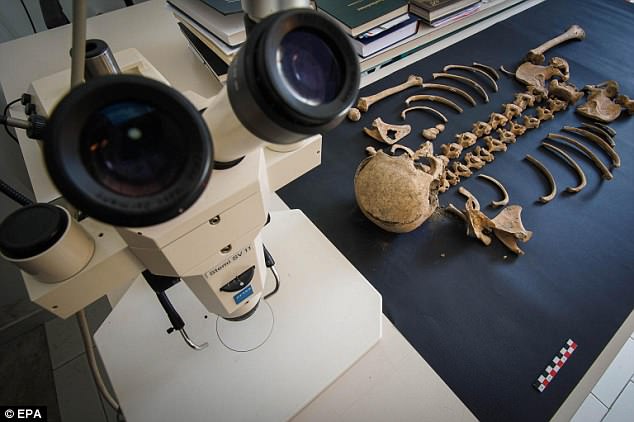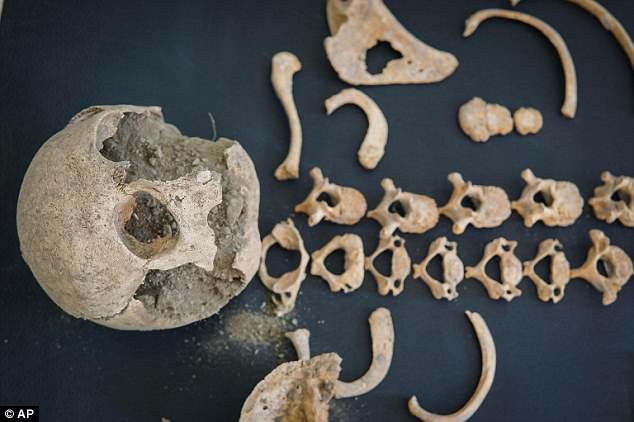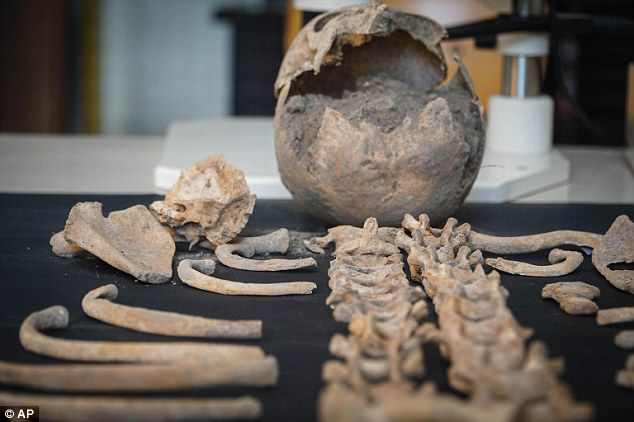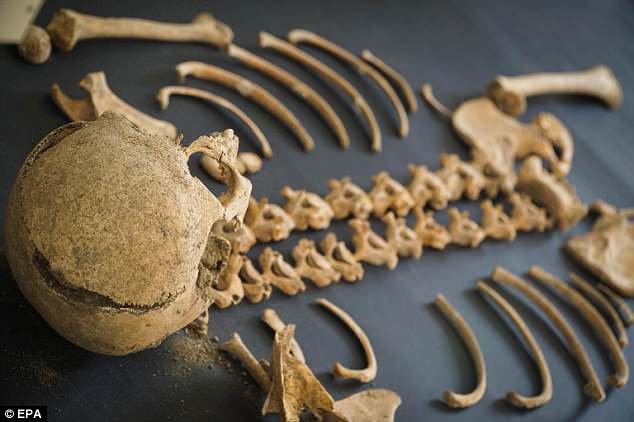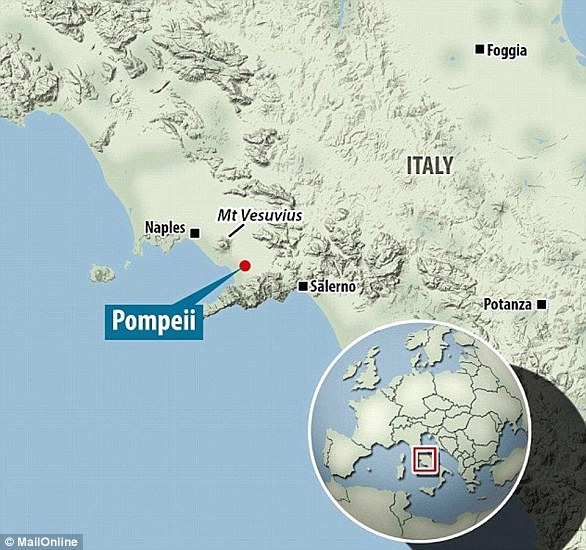في اكتشاف مذهل ، عثر على هيكل عظمي يعود عمره إلى 2000 عام ، لطفل صغير يبلغ من عمره 7 سنوات حاول عبثاً الهروب من ثوران بركاني في جبل فيزوف في مدينة بومبي الايطالية القديمة.
وأفادت صحيفة “ذا صن” أن العمال الذين يعملون في بومبي الرومانية القديمة عثروا على جثة الطفل، ويعتقد أن بركان فيزوف قد اندلع قبل حوالي ألفي عام، وقتل أكثر من 16 ألف شخص، وما زالت جثثهم لم تكتشف حتى الآن.
ويعتقد أن الطفل كان يحاول الاحتماء من الكارثة التي تلت الانفجار عندما غمرت الغازات البركانية القاتلة المدينة، وقال “ماسيمو أوسانا”، مدير بومبي، إنه تم العثور على الهيكل العظمي أثناء العمل لدعم الحمامات القديمة الرئيسية في الموقع الأثري المترامي الأطراف.
وتمت إزالة الهيكل العظمي هذا الأسبوع من منطقة الحمامات للدراسة، بما في ذلك اختبار الحمض النووي لتحديد جنسه، وفقا لخصائص الذكور والإناث، حيث أنه ليس واضحا بسبب السن الصغير للطفل.
و قال البروفيسور “أوسانا” إنه يبدو أن الهيكل العظمي ربما تم رصده لأول مرة خلال عملية حفر للمنطقة في القرن التاسع عشر، حيث تم وضع عظام الساق بشكل منظم، ولكن- و لأسباب غير معروفة- لم يحرك علماء الآثار الأوائل الجثة.
وفي حديثه لصحيفة “لا ريبوبليكا”، قال: “هذا اكتشاف غير عادي، في منطقة اعتقدنا أنها قد تم التنقيب عنها بالكامل في القرن التاسع عشر”.
